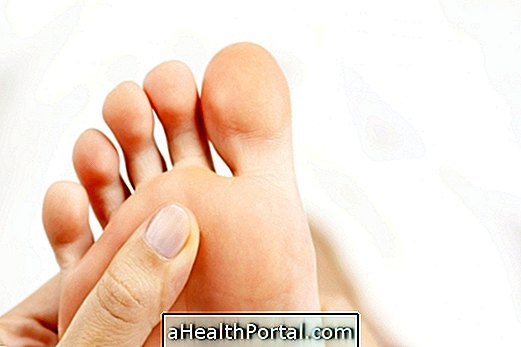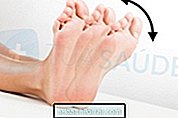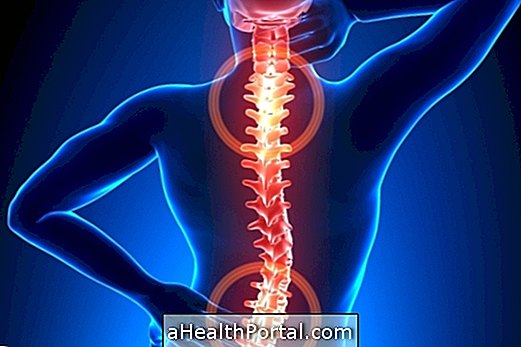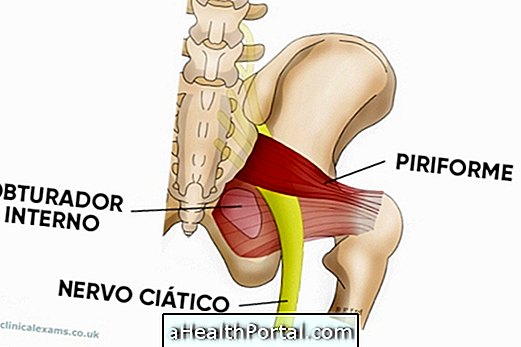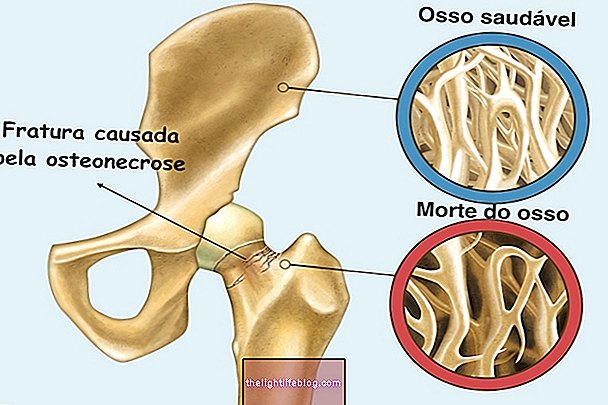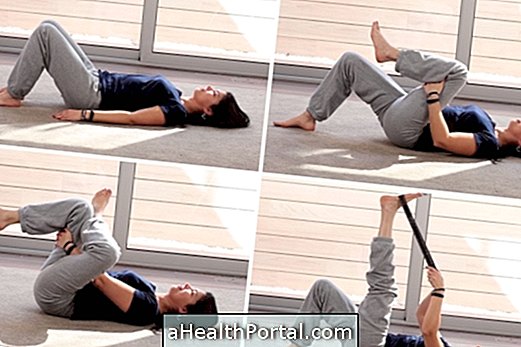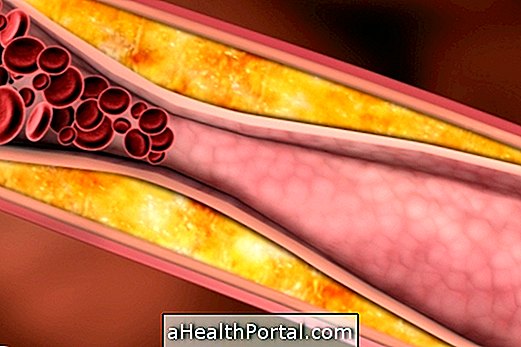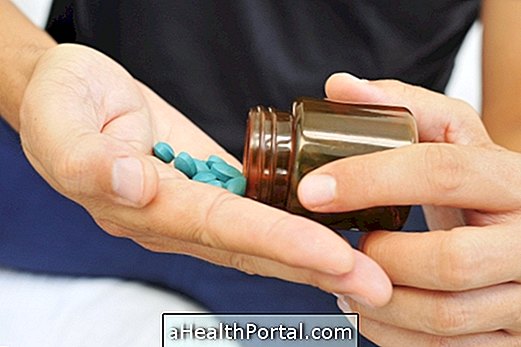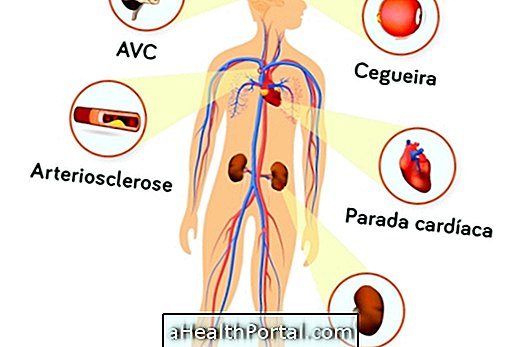To alleviate the pain caused by sudden and strong muscle stretching you should immediately stop the activity and lie down by putting your aching leg at rest on a cushion on the couch or bed. It is recommended to put an ice pack on the exact place of the pain leaving it to act for about 20 minutes, but be careful not to burn the skin.
Stress syndrome is characterized by the emergence of symptoms such as severe and severe pain in the calf, also popularly known as 'leg potato' that occurs when performing some intense physical exercise such as running.
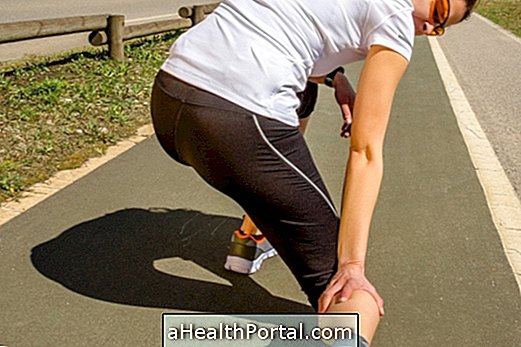
Symptoms of Stress Syndrome
Symptoms of Stress Syndrome include:
- Pain in the calf, strong and sudden;
- Feeling of having carried a stone in the calf;
- Formation of a bruise (purple mark) at the site of pain;
- Difficulty supporting the weight of the body in the heel or the instep;
- Hardening of the affected site;
- There may be a 'ball' or lump at the site of pain and bruising.
The pain is so strong that the person can not continue his exercise and has to stop because of the local discomfort, and it is difficult to even walk. The presence of hematoma indicates rupture of blood vessels, being more severe than a common muscular stretch.
The site most affected by the stony syndrome is the meeting point between the medial gastrocnemius muscle, located in the potato region of the leg, more in the middle part of the leg and its tendon.
Treatment for Pediatric Syndrome
Stones syndrome requires clinical treatment and physical therapy is an excellent choice to complement this treatment.
After the medical consultation where the orthopedist can indicate rest, use of a knee and crutches to avoid the movement of the calf muscles and the use of anti-inflammatory and muscle relaxants, it is recommended to do some physical therapy sessions, for pain relief and improvement of muscle function.
Physiotherapy for stretching the calf
Physiotherapeutic treatment can be done with some measures such as:
- Cryotherapy with use of ice water, ice packs or cryoflow up to 48 hours after injury;
- Use of thermotherapy with hot or infrared pockets;
- Apparatus such as ultrasound, TENS and laser;
- Passive stretching exercises and then active;
- Exercises of muscular strengthening and proprioception.
Generally muscle repair begins within 10 days after injury, but by decreasing inflammation, this repair may begin earlier. Stretching should be performed initially smoothly and massage therapy can help to break down fibrosis, reducing 'lump' and pain.
Muscle strengthening exercises and proprioception are indicated for the last phase of recovery and must be performed to ensure that the muscle is intact, strong and fit for the return of physical activity.
Recovery time
The recovery time for stony syndrome depends varies from 2 weeks to 1 year, depending on the severity of the stretch:
- Level 1 - Light muscle stretching: 2 weeks
- Grade 2 - Moderate muscle stretching: 8 to 10 weeks;
- Grade 3 - Muscle rupture: 6 months to 1 year.
Ultrasound or MRI may show the degree of stretch that the person has undergone.
How to prevent this stretch
To prevent this type of muscle stretch from recurring, which is relatively common, you need to investigate what caused the first injury. Some common causes are overtraining and short interval time, muscle compensations, lack of flexibility and the type of footing that can be identified and treated with physical therapy.
After the first stretch the muscle fibers of the site will be differentiated due to the appearance of a fibrous tissue, important for healing, but that can hinder the complete stretching of these muscle fibers, compromising flexibility, favoring new lesions. Fibrosis can also be resolved with physiotherapy sessions.
